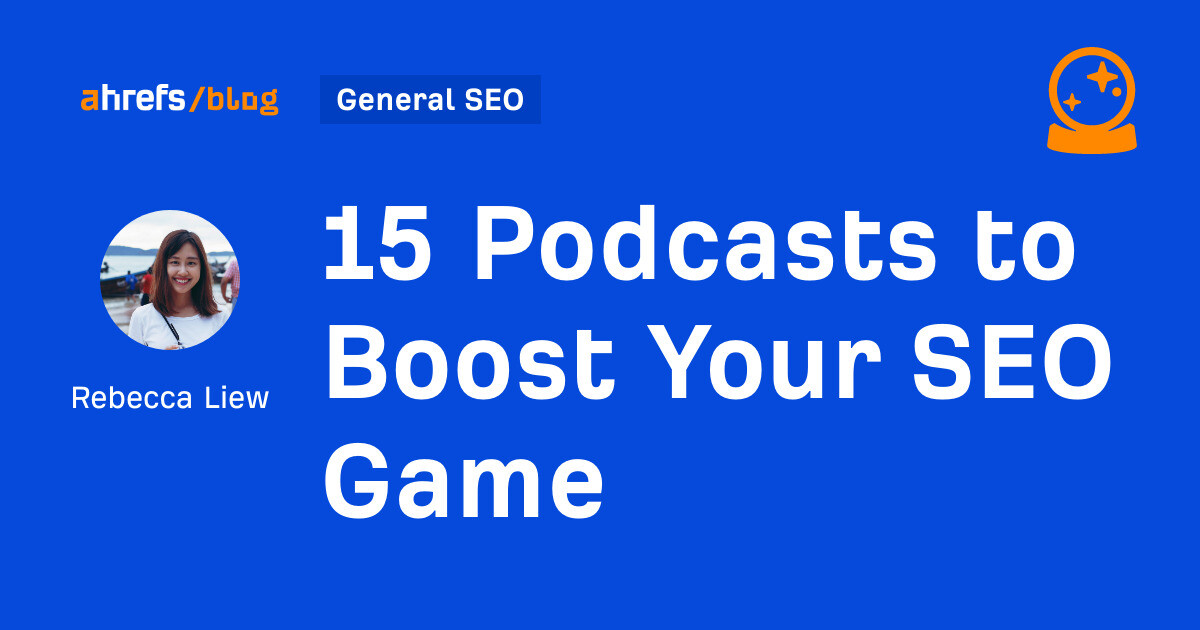In computer science, Big-O notation is a way of talking about what happens to a solution method when the inputs start to increase.
For example, sorting numbers is an easy problem when there are only five or six, but when you have to sort 5,000, a totally different algorithm is needed.
Business models have this baked in. Running a podcast app doesn’t get more difficult if you list more podcasts or have more users. But running a food bank gets exponentially more difficult when your inputs and outputs increase.
If you’re running a conference where you expect one or two people to arrive every few minutes, hiring someone to check them in is a pretty obvious move.
But if you expect five or six people at a time, you’ll need to hire at least that many people or it all backs up.
But what about the big convention where thousands of people might arrive at once? In that case, your Big O problem requires you to do away with the check-in altogether and have people do their check-in online, in advance.
Mom-and-pop businesses work because there’s mom and there’s pop. But when the inputs start to go up, when the business begins to scale, it’s really hard to simply hire another mom. Pushing the old algorithm too far ends up with a crisis–we need to invest in process before we need it, not when the emergency strikes.
There are Big-O problems in marketing, in sales, in customer service, in finance, in production and in compliance. There’s nothing wrong with winging it–until there is.



![How to Optimize for Google’s Featured Snippets [Updated for 2024]](https://moz.com/images/blog/Blog-OG-images/How-to-Optimize-for-Googles-Featured-Snippets-OG-Image.png?w=1200&h=630&q=82&auto=format&fit=crop&dm=1724004002&s=13df73104762982790dab6dc8328023f)


